Home>Gardening & Outdoor>Landscaping Ideas>What Grass Is Hay


Landscaping Ideas
What Grass Is Hay
Published: January 26, 2024
Discover the best landscaping ideas with our guide on what grass is hay. Learn how to create a lush and vibrant lawn for your outdoor space. Explore expert tips and advice today!
(Many of the links in this article redirect to a specific reviewed product. Your purchase of these products through affiliate links helps to generate commission for Storables.com, at no extra cost. Learn more)
Introduction
Welcome to the world of grass hay, a fundamental component of livestock nutrition and a versatile landscaping material. Grass hay is a vital resource with a wide array of uses, from providing sustenance for livestock to serving as a landscaping element in gardens and yards. Understanding the types of grass used for hay, the nutritional value it offers, and its various applications can shed light on the significance of this natural resource. Whether you are a farmer, a gardener, or simply a curious individual, delving into the realm of grass hay can provide valuable insights into its importance and potential.
Let’s embark on a journey to explore the intricacies of grass hay, from its definition to its practical applications, and uncover the wealth of benefits it offers.
Key Takeaways:
- Grass hay is a vital resource for livestock and landscaping, offering essential nutrients and serving as a natural ground cover for erosion control and aesthetic enhancement.
- Understanding the nutritional value and diverse uses of grass hay empowers farmers and animal caregivers to optimize animal diets and contribute to sustainable land management.
Read more: What Is Grass Hay For Rabbits
Definition of Hay
Hay is a crucial agricultural product that encompasses a variety of dried grasses, legumes, or other herbaceous plants. It is typically harvested and stored as animal fodder, serving as a primary source of nutrition for livestock such as cattle, horses, and sheep. The process of creating hay involves cutting and drying grasses or legumes in the field to reduce their moisture content, thereby preserving them for extended periods.
Grass hay, specifically, refers to hay made from grass species such as timothy, bermudagrass, orchardgrass, and fescue, among others. These grasses are cultivated, harvested, and dried to create a nutrient-rich feed for animals. The quality of grass hay is influenced by factors such as the stage of growth at harvest, the drying process, and the storage conditions, all of which impact its nutritional value and suitability for animal consumption.
Hay is a staple component of livestock diets, providing essential nutrients, including carbohydrates, protein, and fiber. Its significance in animal husbandry and agriculture cannot be overstated, as it ensures the well-being and productivity of livestock while contributing to sustainable farming practices.
Grass hay, with its diverse array of grass species and nutritional profiles, plays a pivotal role in meeting the dietary needs of various animals, making it an indispensable resource for farmers and animal enthusiasts alike.
Types of Grass Used for Hay
Grass hay encompasses a wide range of grass species that are cultivated specifically for hay production. Each type of grass offers unique characteristics in terms of growth habits, nutritional content, and adaptability to different climates and soil conditions. Understanding the various types of grass used for hay is essential for farmers and livestock owners seeking to optimize animal nutrition and for landscape enthusiasts aiming to select the most suitable grass hay for their needs.
Some common types of grass utilized for hay production include:
- Timothy Grass: Timothy grass, known for its high fiber content and palatability, is a popular choice for hay production. It is valued for its relatively low protein content, making it suitable for mature horses and livestock with lower protein requirements.
- Bermudagrass: This warm-season grass is well-suited for hay production in regions with hot summers. It exhibits rapid regrowth after cutting, allowing for multiple harvests during the growing season. Bermudagrass hay is known for its high nutritional value and digestibility.
- Orchardgrass: Orchardgrass is a cool-season grass with excellent palatability and high nutritional quality. It is often included in hay mixes to enhance the overall nutrient profile and digestibility.
- Fescue: Fescue is a hardy, cool-season grass commonly used for hay production. It is known for its adaptability to a wide range of soil types and its ability to withstand grazing pressure, making it a resilient choice for hay production in various environments.
- Bluegrass: Kentucky bluegrass is a cool-season grass that is highly palatable and nutritious, making it suitable for hay production. Its fine texture and high forage quality contribute to its desirability as a feed source for livestock.
These are just a few examples of the diverse grass species used for hay production. Each type of grass offers distinct advantages and considerations, allowing farmers and landscapers to select the most appropriate grass hay based on their specific requirements and environmental conditions.
Hay is typically made from grasses such as timothy, bermuda, or alfalfa. Different types of grasses can provide different nutritional benefits for animals, so it’s important to choose the right type of hay for your specific needs.
Nutritional Value of Grass Hay
Grass hay serves as a valuable source of nutrition for livestock, providing essential elements that contribute to their overall health and well-being. The nutritional composition of grass hay varies depending on the specific grass species, the stage of growth at harvest, and the environmental conditions in which it is cultivated. Understanding the nutritional value of grass hay is crucial for farmers and animal enthusiasts seeking to optimize animal diets and ensure proper nourishment.
Key components of the nutritional profile of grass hay include:
- Protein: Grass hay contains varying levels of protein, which is essential for muscle development and overall physiological functions in animals. The protein content of grass hay is influenced by factors such as grass species, maturity at harvest, and soil fertility.
- Fiber: Grass hay is a significant source of dietary fiber, contributing to digestive health and providing energy to livestock. The fiber content of hay influences its digestibility and suitability for different animal species.
- Carbohydrates: Grass hay contains carbohydrates, including structural carbohydrates such as cellulose and non-structural carbohydrates such as sugars and starches. These carbohydrates serve as a vital energy source for animals, supporting various metabolic processes.
- Vitamins and Minerals: Grass hay provides essential vitamins and minerals that are integral to animal health. These include vitamins A, D, and E, as well as minerals such as calcium, phosphorus, and potassium, which contribute to bone strength, immune function, and overall vitality.
The nutritional value of grass hay directly impacts the dietary requirements of livestock, influencing factors such as growth, reproduction, and overall performance. By analyzing the nutritional composition of grass hay, farmers can effectively formulate balanced diets for their animals, ensuring optimal nutrition and productivity.
Furthermore, the nutritional diversity offered by different grass species allows for tailored feeding programs, enabling livestock owners to address specific dietary needs and preferences based on the nutritional profiles of various grass hays.
Understanding the nutritional value of grass hay empowers farmers and animal caregivers to make informed decisions regarding animal nutrition, contributing to the well-being and vitality of their livestock.
Uses of Grass Hay
Grass hay serves a multitude of purposes, ranging from providing essential nutrition for livestock to enhancing the aesthetic appeal of landscapes. Its versatility and practicality make it a valuable resource in agricultural, animal husbandry, and landscaping contexts. Exploring the diverse uses of grass hay sheds light on its significance and the benefits it offers in various domains.
Some common uses of grass hay include:
- Livestock Feed: Grass hay is a primary component of livestock diets, providing essential nutrients such as protein, fiber, and carbohydrates. It serves as a foundational feed for animals such as cattle, horses, sheep, and goats, supporting their growth, maintenance, and overall health.
- Forage and Roughage: Grass hay functions as a valuable source of forage and roughage for grazing animals. Its fiber content promotes healthy digestion and helps maintain proper rumen function in ruminant animals, contributing to their overall well-being.
- Winter Feed: During the winter months when fresh forage may be limited, grass hay serves as a crucial feed source for livestock, ensuring they receive the necessary nourishment to endure the colder season.
- Bedding Material: In agricultural settings, grass hay is utilized as bedding material for livestock, providing a comfortable and absorbent surface for animals to rest and minimize moisture-related health issues.
- Landscaping and Erosion Control: Grass hay is employed in landscaping and erosion control applications, where it acts as a natural ground cover to control soil erosion, enhance soil moisture retention, and contribute to the aesthetic appeal of outdoor spaces.
- Composting and Soil Amendment: Used grass hay can be repurposed as a valuable component in composting, enriching the soil with organic matter and contributing to soil fertility and structure.
These diverse uses highlight the integral role of grass hay in sustaining animal health, supporting agricultural practices, and enriching landscaping and environmental conservation efforts. Its multifaceted nature makes grass hay a versatile and indispensable resource for farmers, animal caregivers, and landscaping enthusiasts alike.
Read more: What Is Grass Hay
Conclusion
Grass hay, with its diverse array of grass species and multifaceted uses, stands as a cornerstone of agricultural, animal husbandry, and landscaping practices. From providing essential nutrition for livestock to serving as a natural landscaping element, grass hay embodies versatility, practicality, and ecological significance.
Understanding the types of grass used for hay, the nutritional value it offers, and its various applications unveils the depth of its impact on agricultural sustainability, animal well-being, and environmental conservation. The nutritional composition of grass hay, encompassing vital elements such as protein, fiber, and essential vitamins and minerals, underscores its pivotal role in meeting the dietary needs of diverse animal species.
Furthermore, the uses of grass hay extend beyond livestock nutrition, encompassing erosion control, landscaping enhancement, and soil enrichment, contributing to sustainable land management and environmental stewardship. Its adaptability and functionality make it an invaluable resource for farmers, landscapers, and conservationists seeking to optimize agricultural productivity and preserve natural ecosystems.
As we delve into the realm of grass hay, we recognize its enduring significance in shaping agricultural landscapes, supporting animal health, and fostering environmental resilience. Whether in the form of nutritious feed for livestock or as a sustainable landscaping material, grass hay embodies the harmonious intersection of agricultural tradition, ecological awareness, and practical utility.
Embracing the multifaceted nature of grass hay allows us to appreciate its role as a catalyst for sustainable agriculture, responsible animal care, and vibrant landscapes, enriching our connection to the natural world and the resources it graciously provides.
Frequently Asked Questions about What Grass Is Hay
Was this page helpful?
At Storables.com, we guarantee accurate and reliable information. Our content, validated by Expert Board Contributors, is crafted following stringent Editorial Policies. We're committed to providing you with well-researched, expert-backed insights for all your informational needs.
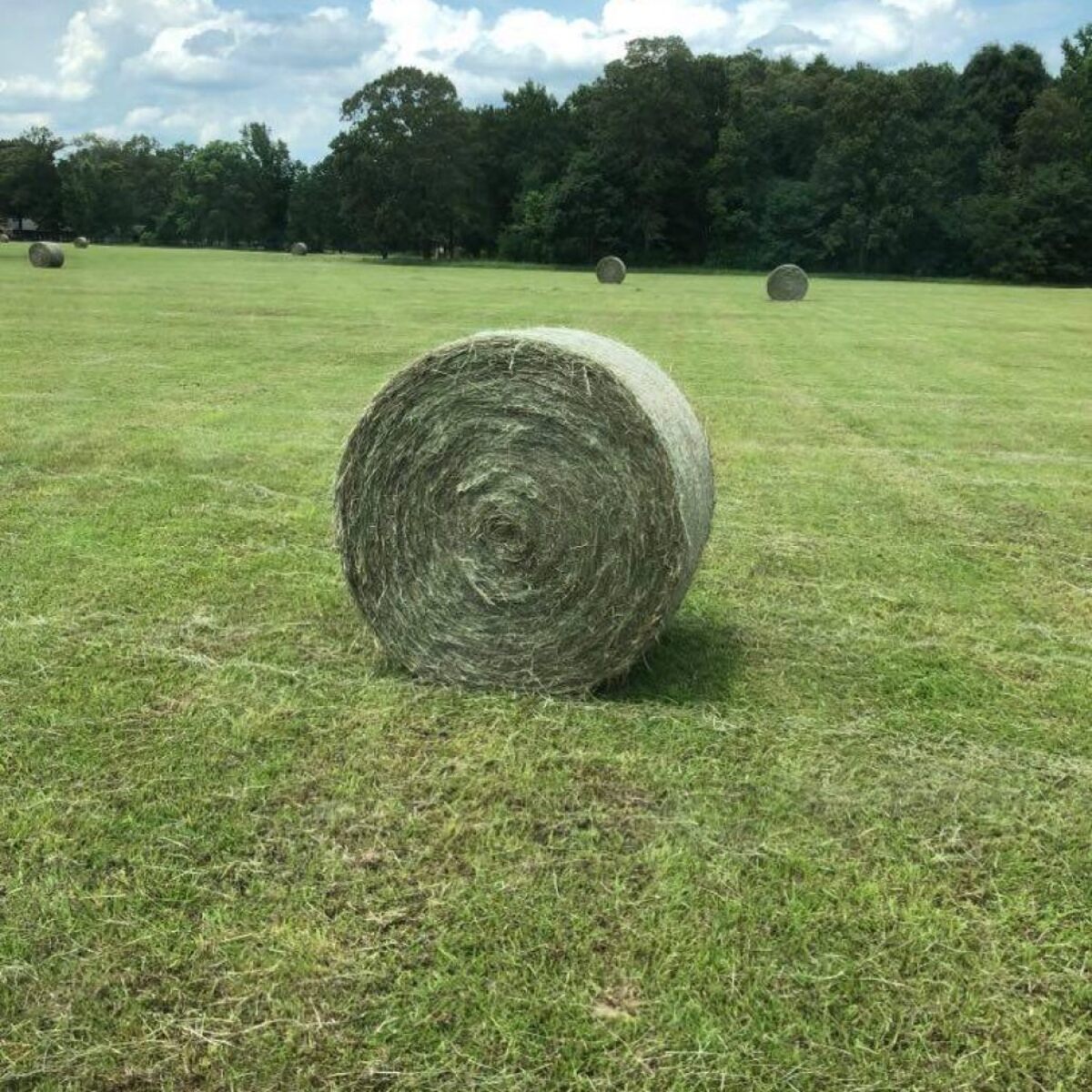
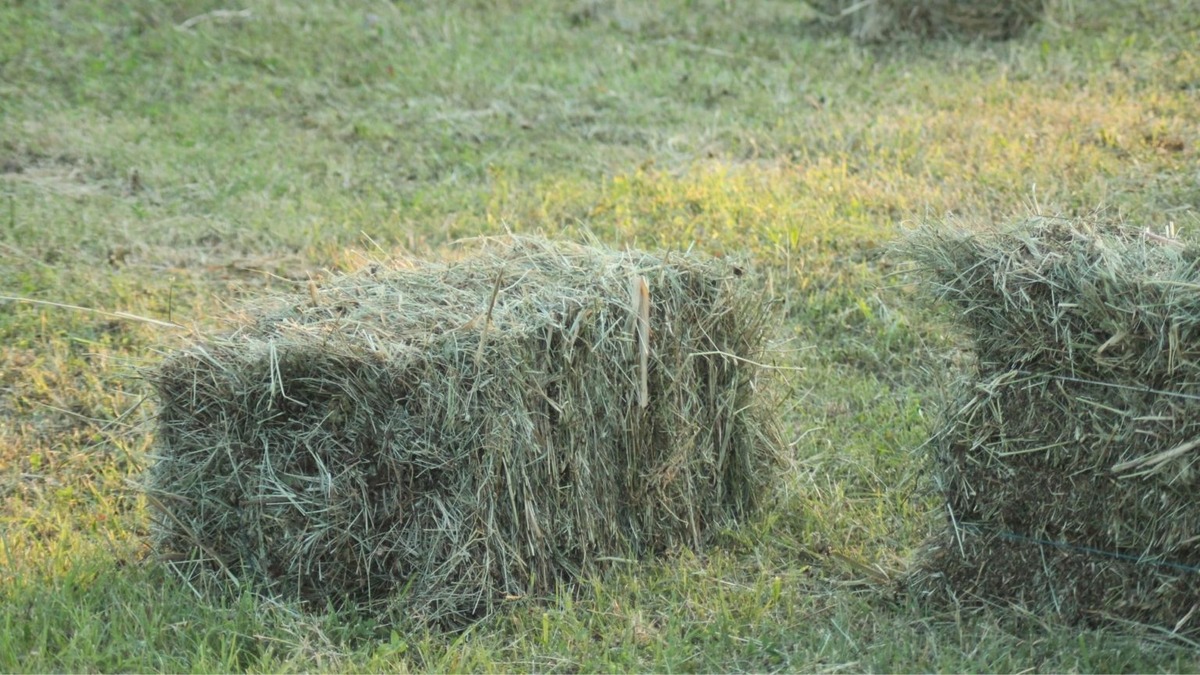
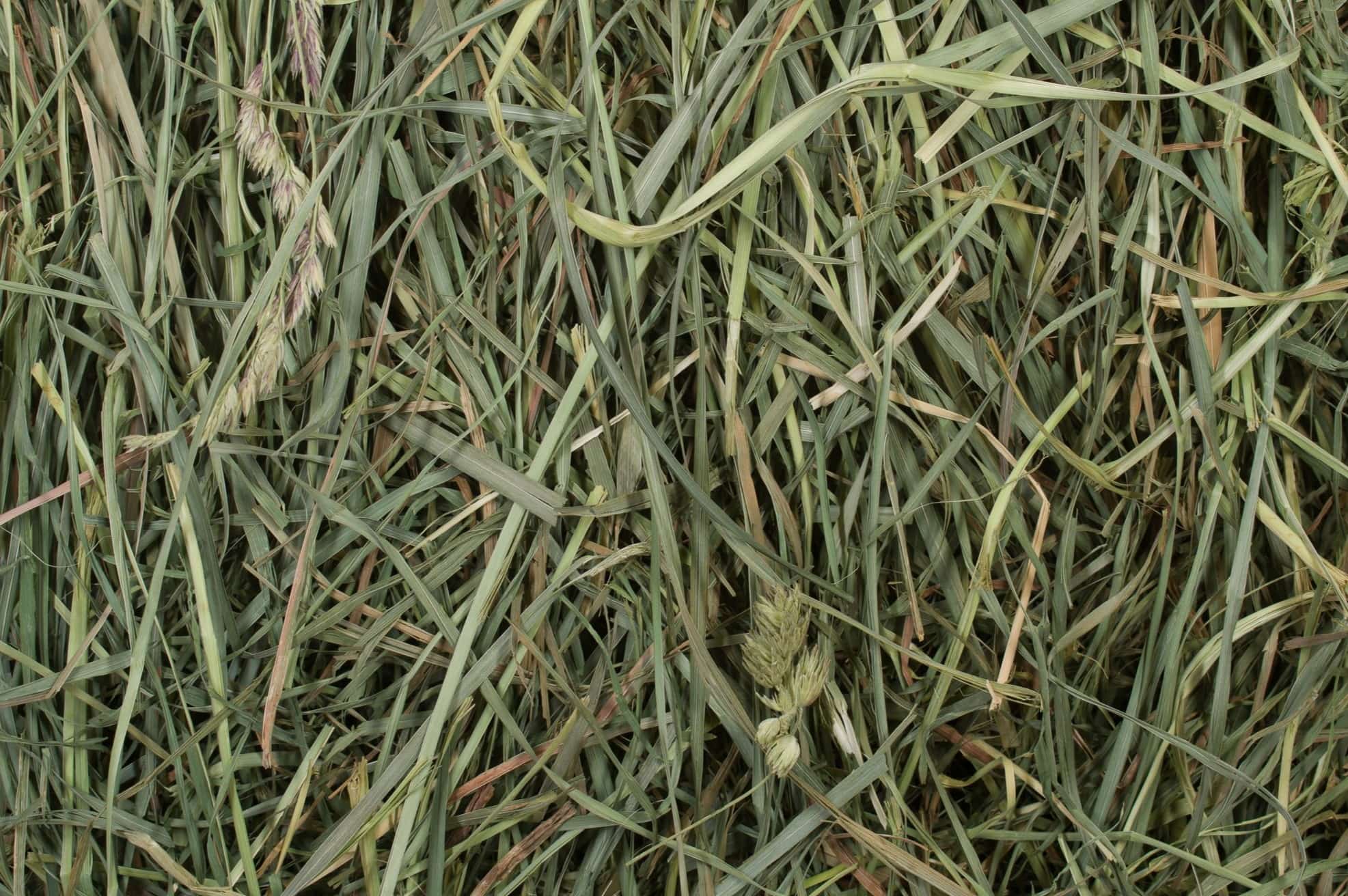
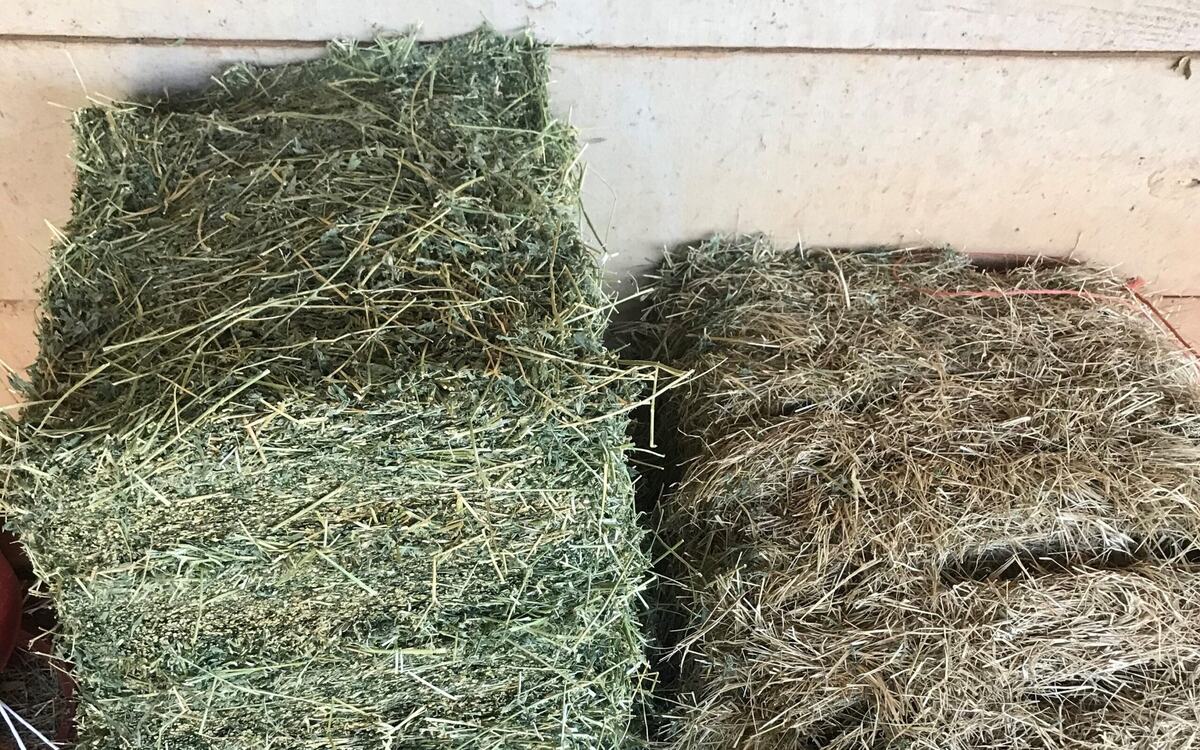
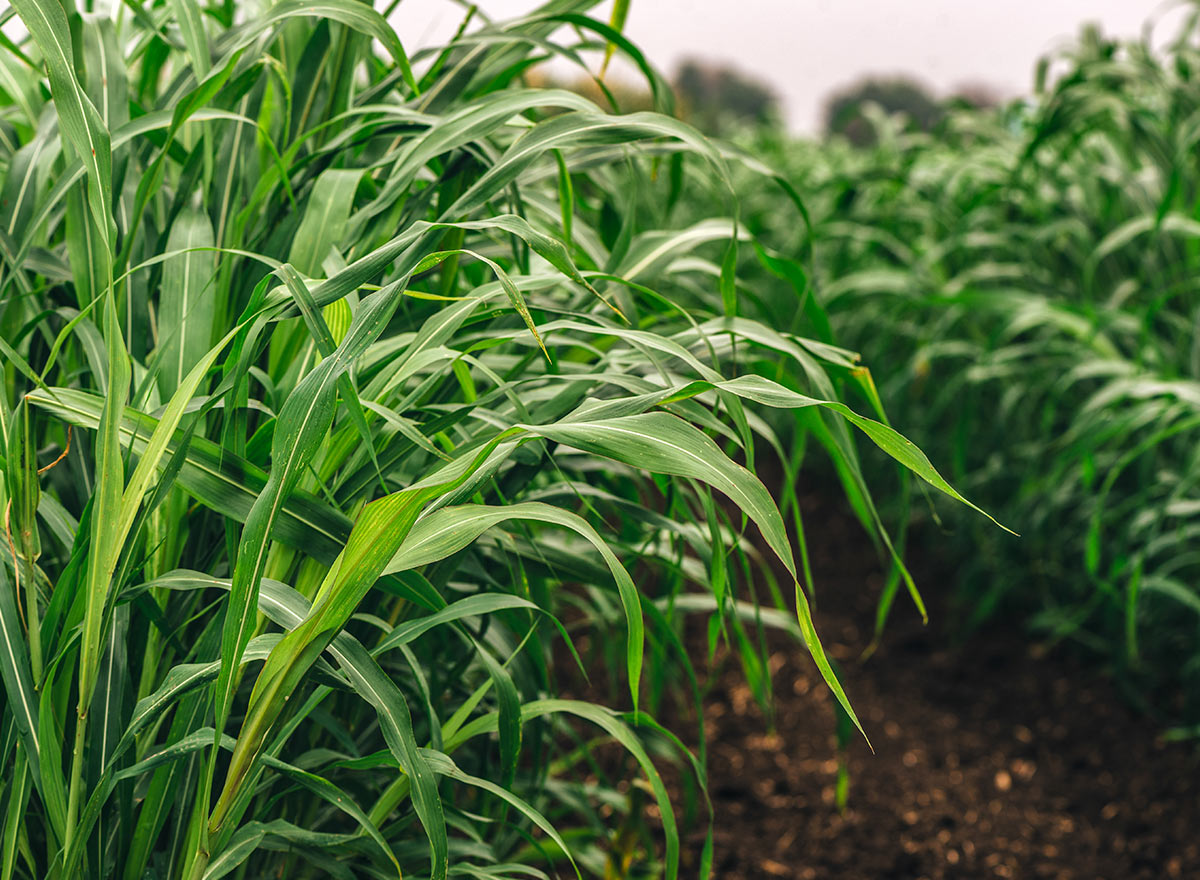
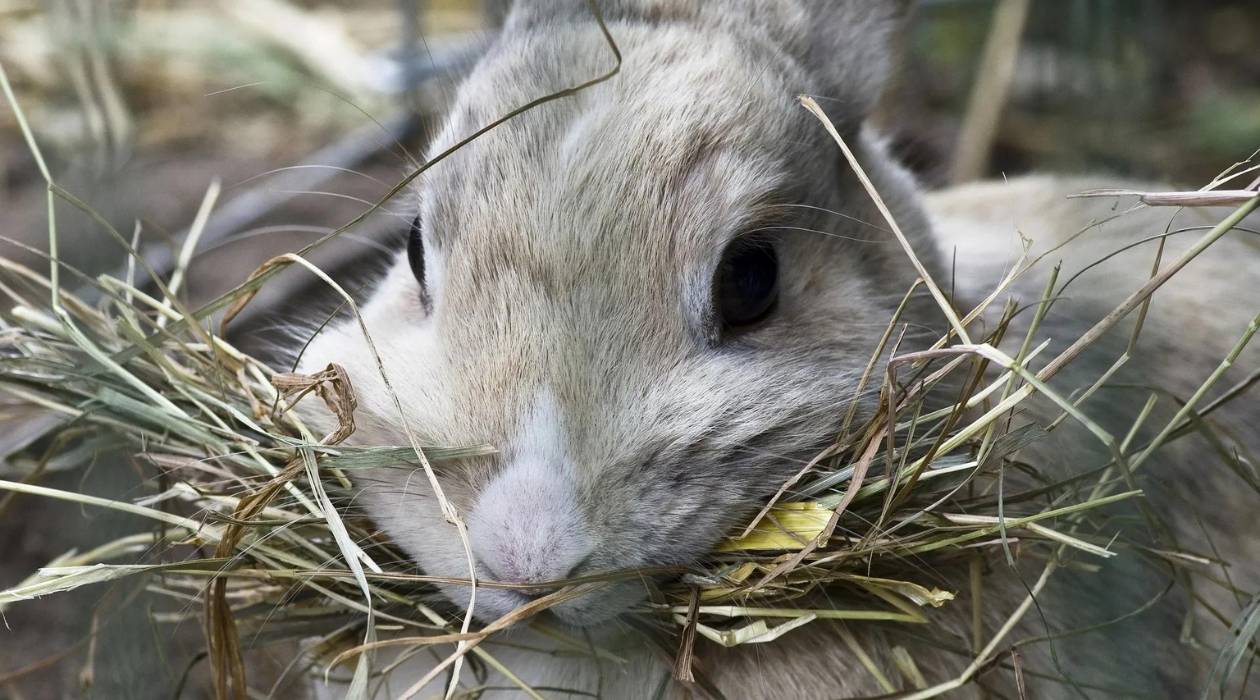
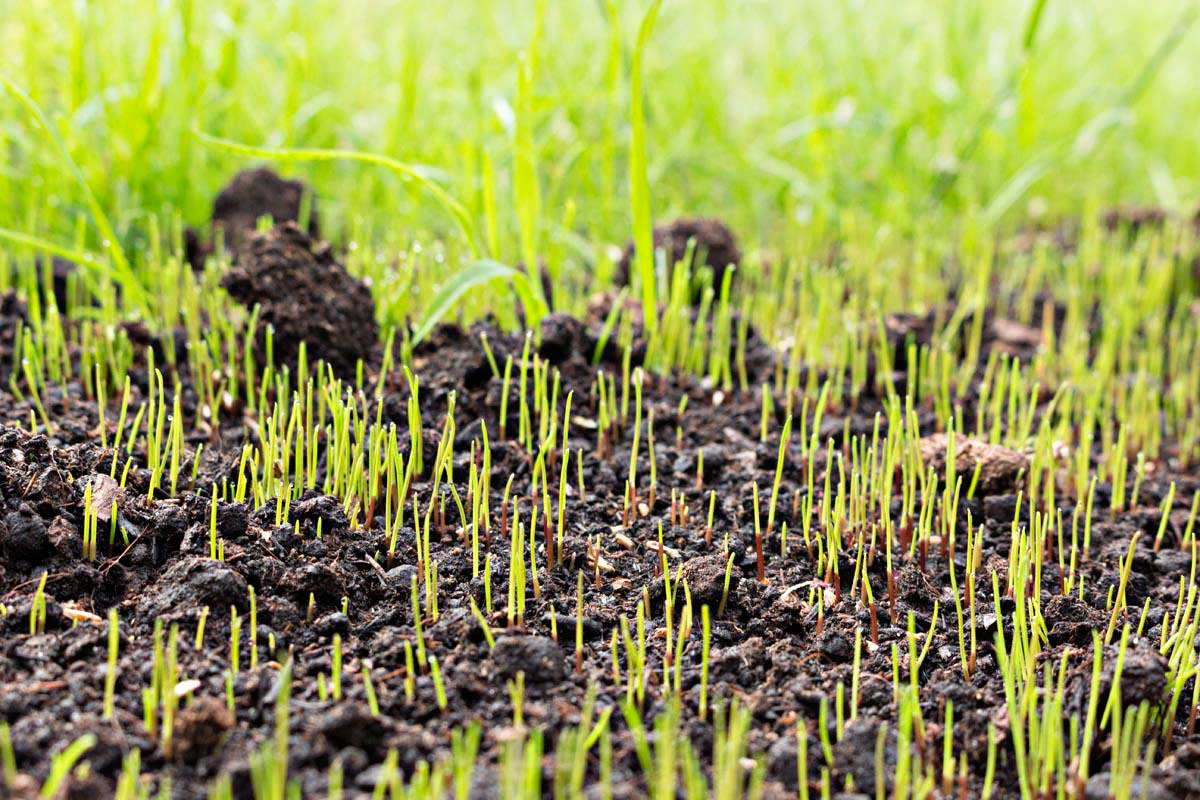
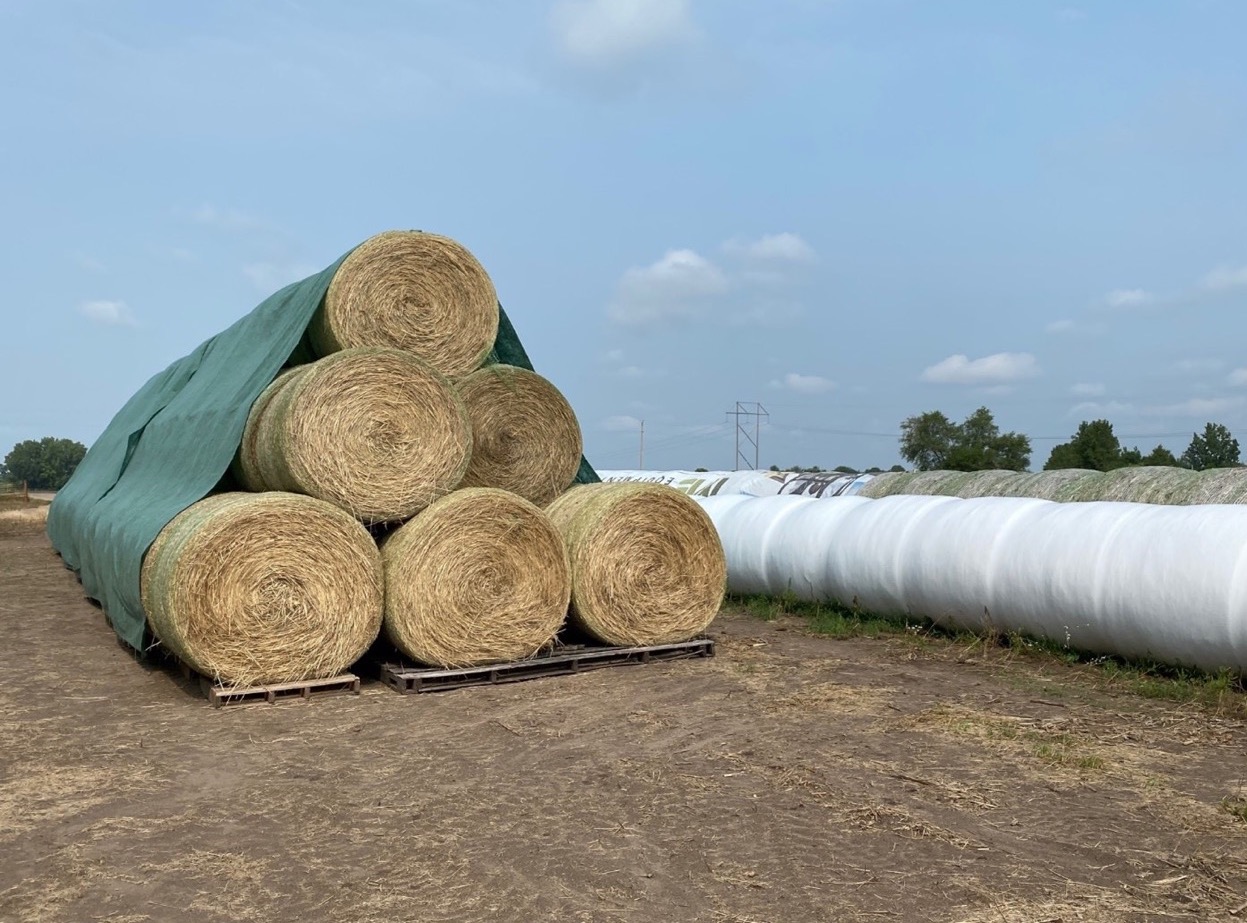
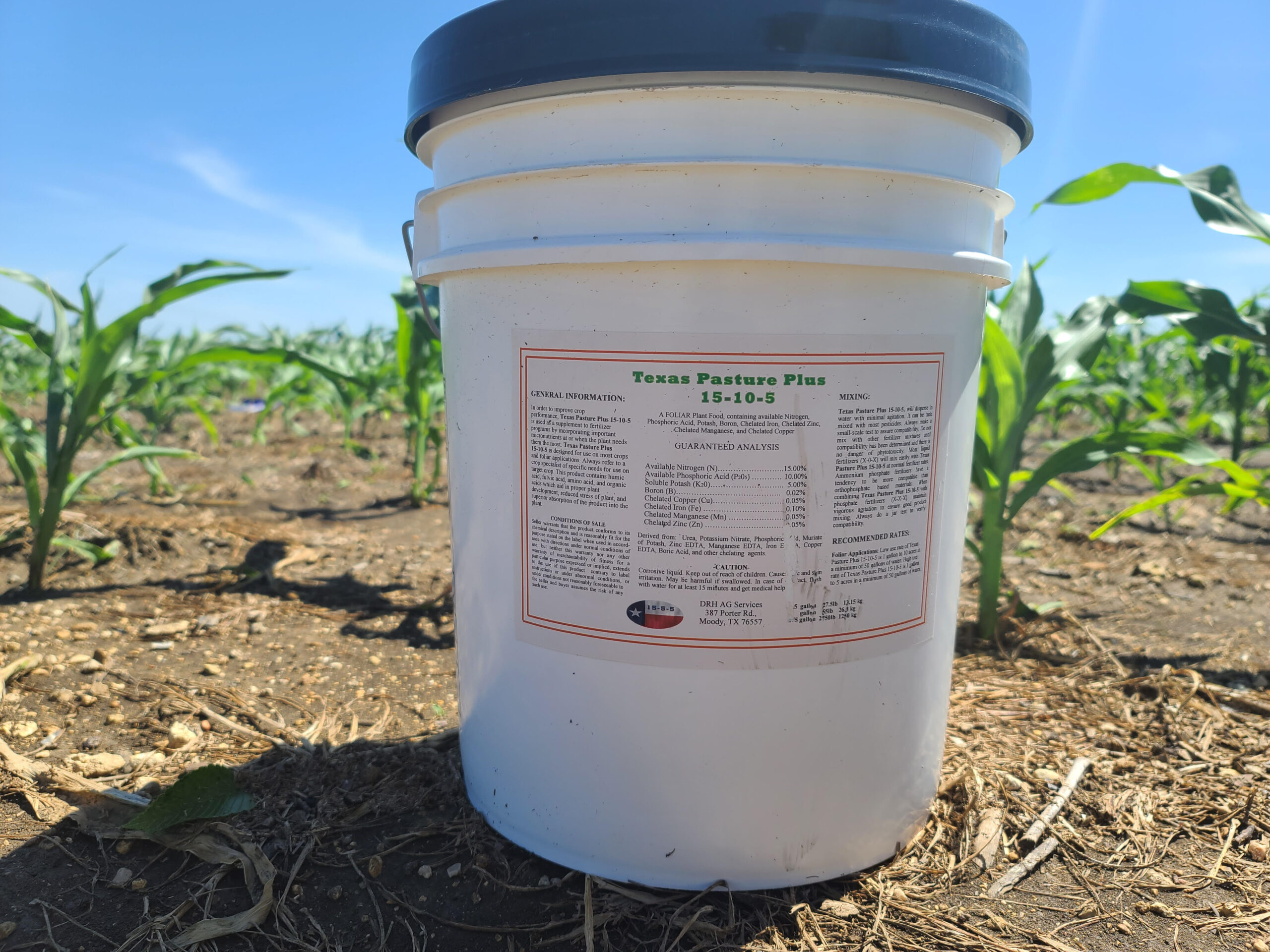
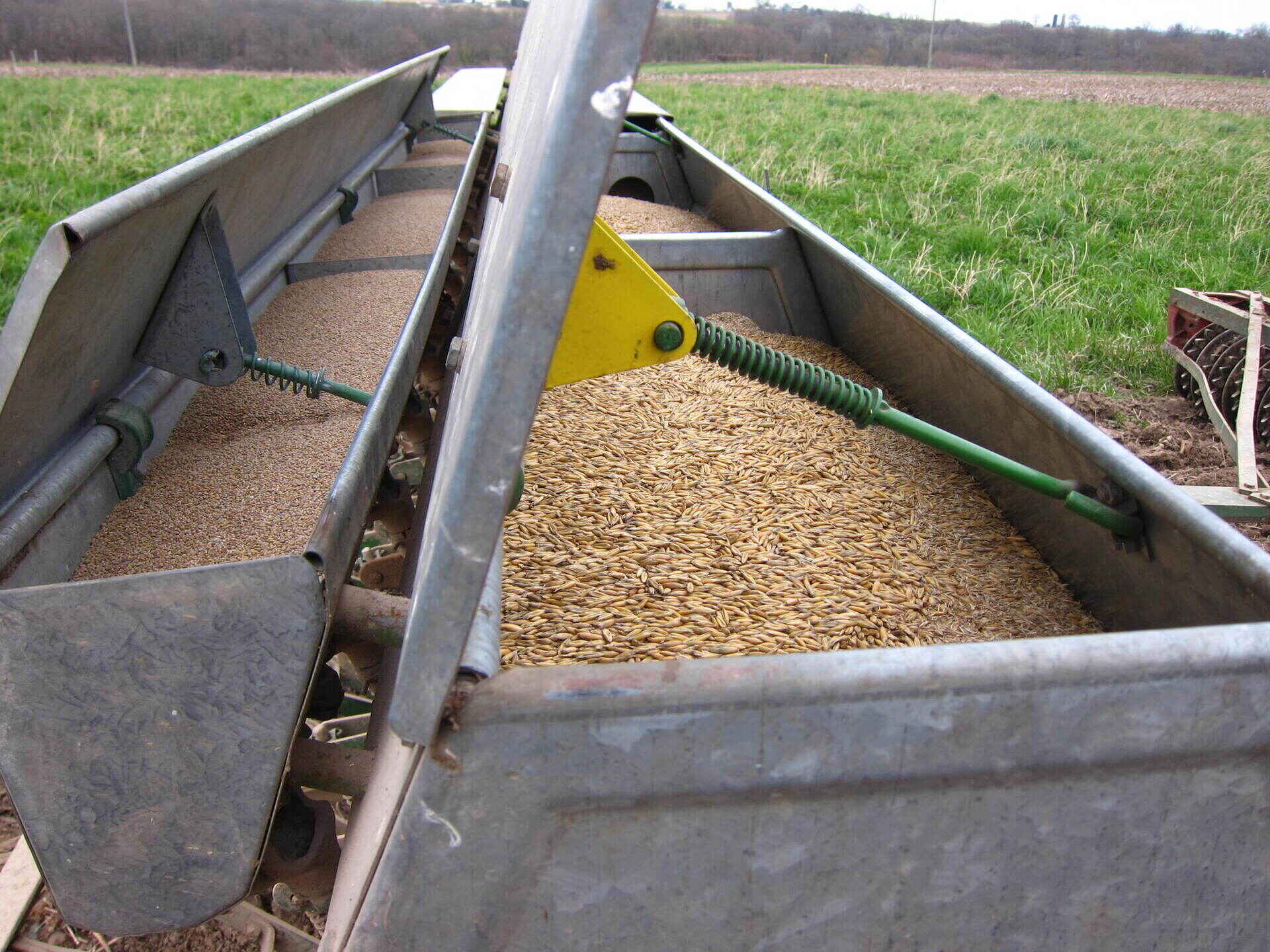
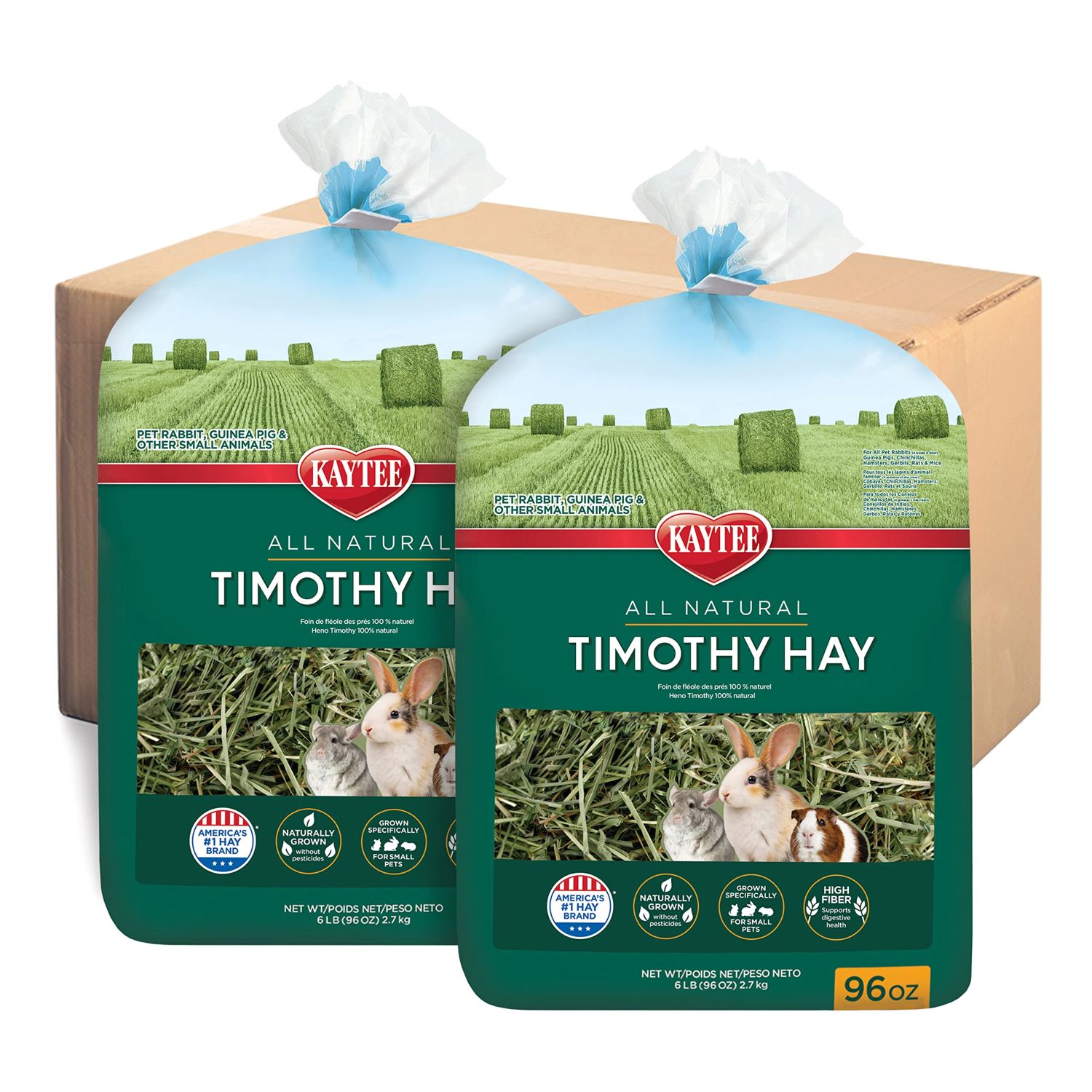
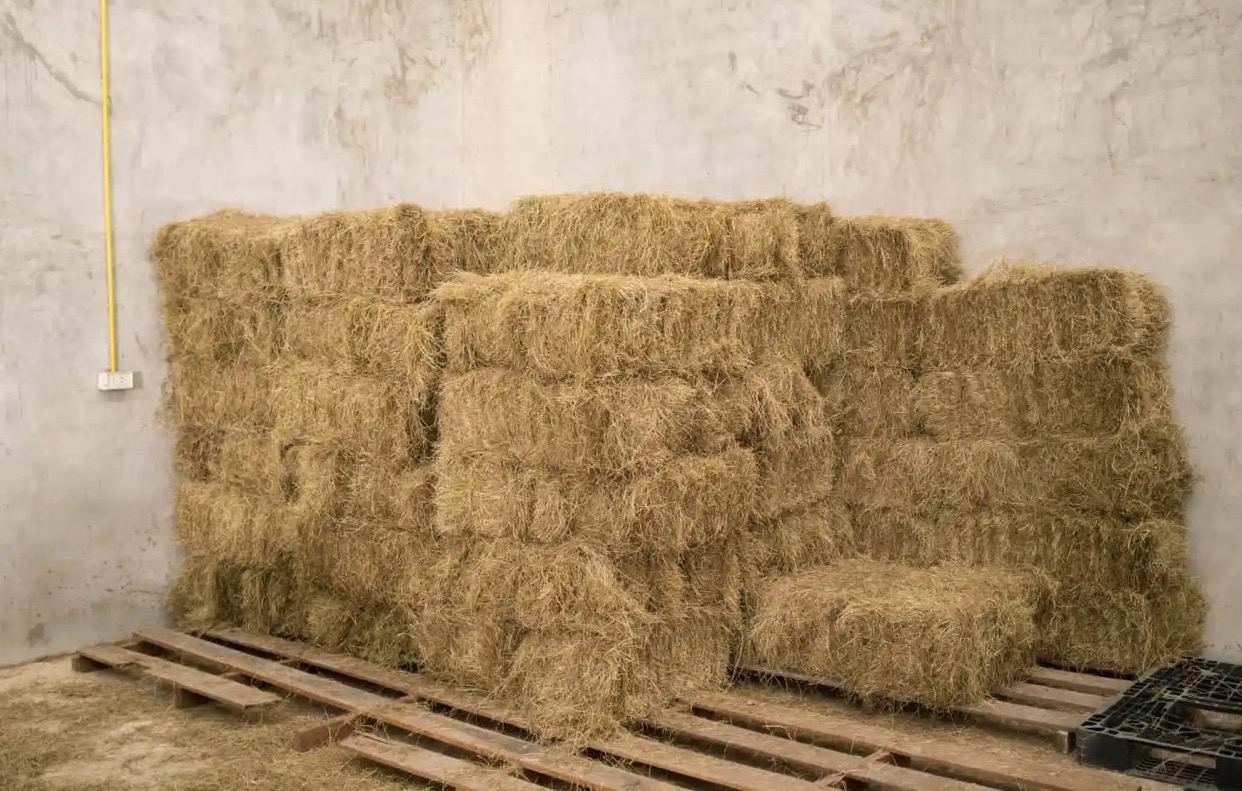
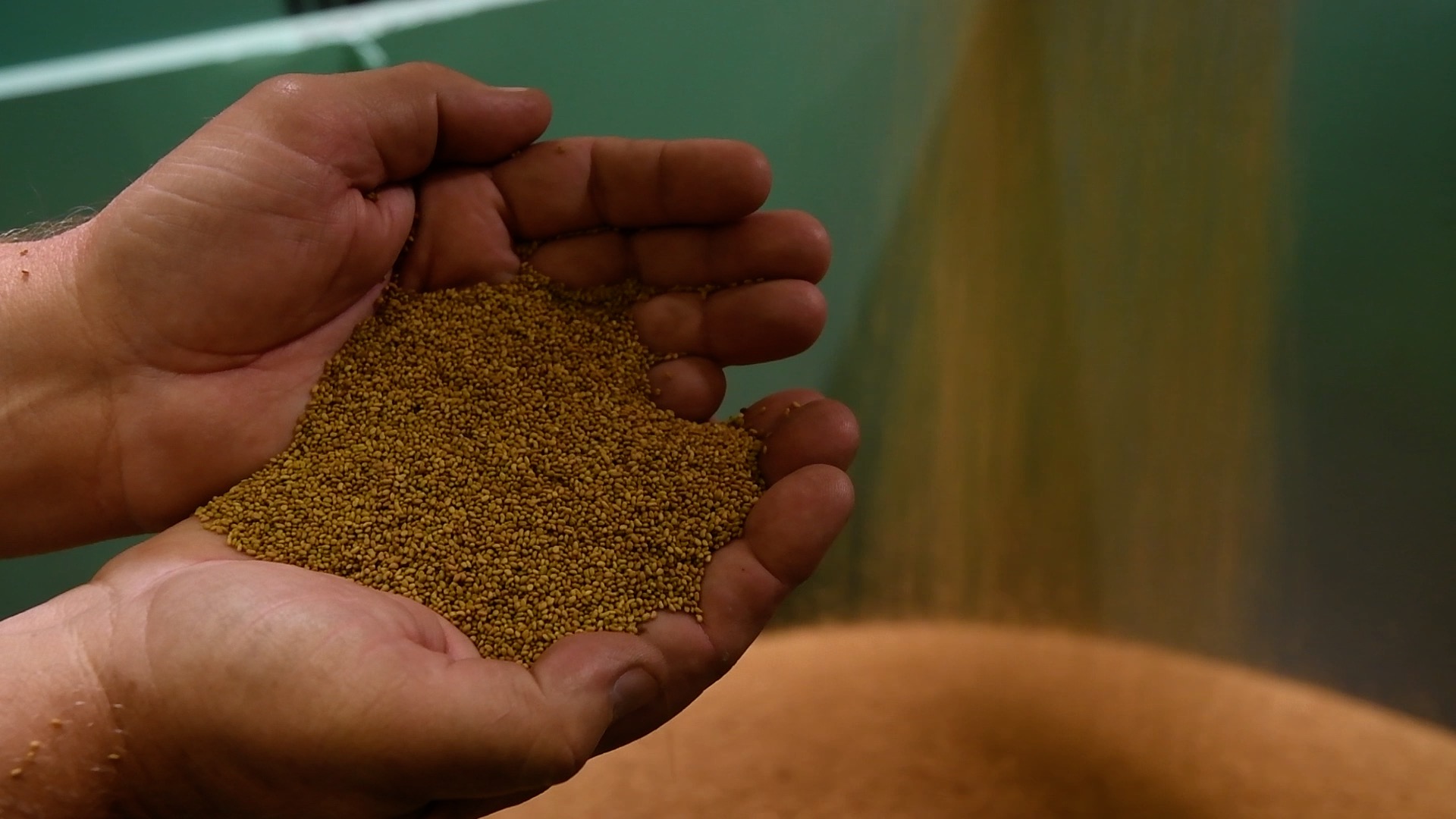
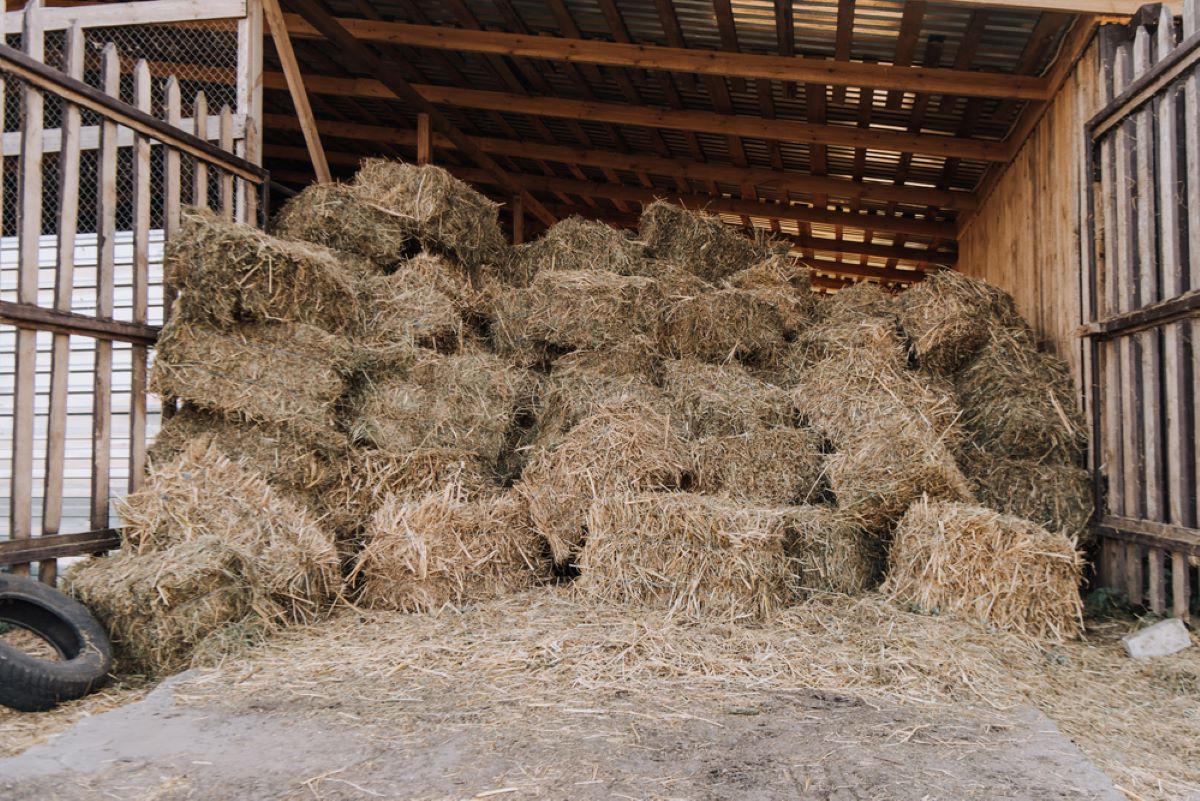

0 thoughts on “What Grass Is Hay”